FDA Just Banned Red Dye No. 3—Here's What Popular Foods Have It

Candies, cereals, certain Maraschino cherries—these are just some of the common foods that contain Red No. 3, an artificial dye that the FDA just banned for being carcinogenic. "The FDA cannot authorize a food additive or color additive if it has been found to cause cancer in human or animals. Evidence shows cancer in laboratory male rats exposed to high levels of FD&C Red No. 3," said Jim Jones, FDA Deputy Director for Human Foods, according to NBC News.
The directive was a victory for food safety advocates, who have claimed the dye doesn't just lead to cancer but also detrimentally affects children's behavior.
"At long last, the FDA is ending the regulatory paradox of Red 3 being illegal for use in lipstick, but perfectly legal to feed to children in the form of candy," said Dr. Peter Lurie, President of the the Center for Science in the Public Interest, according to NBC News. "It removes an unnecessary hazard from the American food supply, and we welcome that action, even though it should have occurred more than three decades ago."
The trade group that represents candy say they will comply. "Our consumers and everyone in the food industry want and expect a strong FDA, and a consistent, science-based national regulatory framework. We have been saying for years that FDA is the rightful national regulatory decision maker and leader in food safety," said a National Confectioners Association Spokesperson, according to NBC.
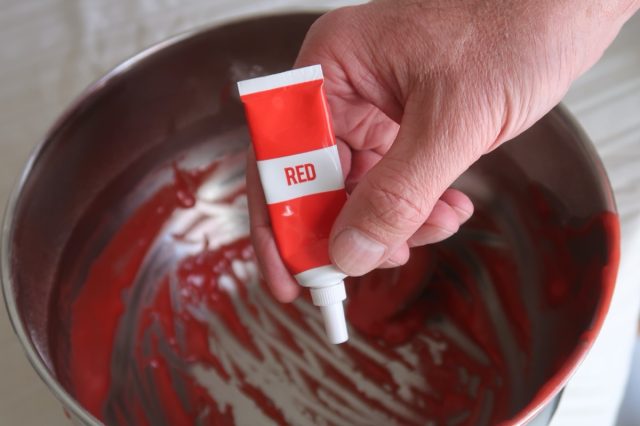
The FDA has long monitored the safety of synthetic color additives, including Red Dye No. 3, used in many foods, drinks, and cosmetics. Concerns about these additives have circulated for decades, with some studies (like this study) suggesting they might exacerbate hyperactivity in children, particularly those with ADHD. Red Dye No. 3, specifically, has been under scrutiny due to its potential health risks.
One of the most talked-about studies, conducted in 2007 by researchers in the UK, indicated that certain food dyes, including Red Dye No. 3, might contribute to behavioral issues in children. However, the findings were not conclusive enough to prompt a ban in the U.S. at the time. While the FDA has maintained that synthetic dyes are safe for most people at current levels, they acknowledge that some children may be sensitive to these additives.
The recent decision to ban Red Dye No. 3 in food products comes as part of a broader effort to prioritize consumer safety and respond to growing public concerns. This dye, already prohibited in cosmetics, has faced criticism for years due to studies suggesting it may pose long-term health risks, including a potential link to cancer in animal studies.
For consumers, the ban means manufacturers will need to find alternatives for products like candies, drinks, and baked goods that previously used Red Dye No. 3. Many companies are already shifting to natural coloring options, such as beet juice or turmeric, which are perceived as safer.
While the FDA emphasizes that most people won't experience harm from occasional exposure to synthetic dyes, the move to phase out Red Dye No. 3 reflects a growing trend toward cleaner, more transparent food production. If you're concerned about food dyes, checking ingredient labels can help you make informed choices as this transition unfolds. In the meantime, here are 5 popular foods that use Red Dye No. 3:
Brach's Candy Corn

Brach's Candy Corn is a popular Halloween treat known for its signature tri-color design. The bright red portion of this festive candy has historically been achieved using Red Dye No. 3. As the FDA's ban approaches, fans of this nostalgic candy may see changes in its formulation.
Yoo-hoo Strawberry Drink
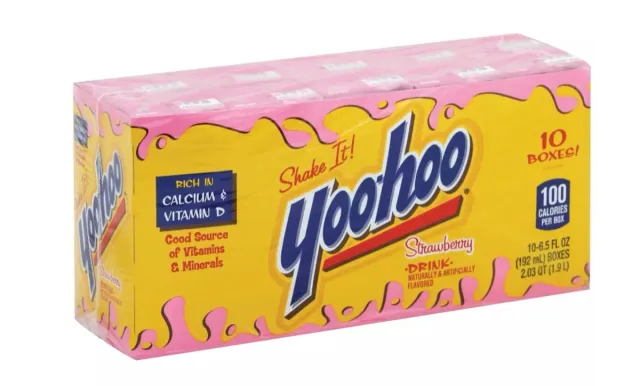
Yoo-hoo Strawberry Drink, a favorite among flavored milk drink enthusiasts, owes its vibrant pinkish-red hue to Red Dye No. 3. With the FDA's ban now in place, this classic treat may need to change its recipe, altering its familiar appearance for loyal fans.
Entenmann's Little Bites Party Cake Mini Muffins
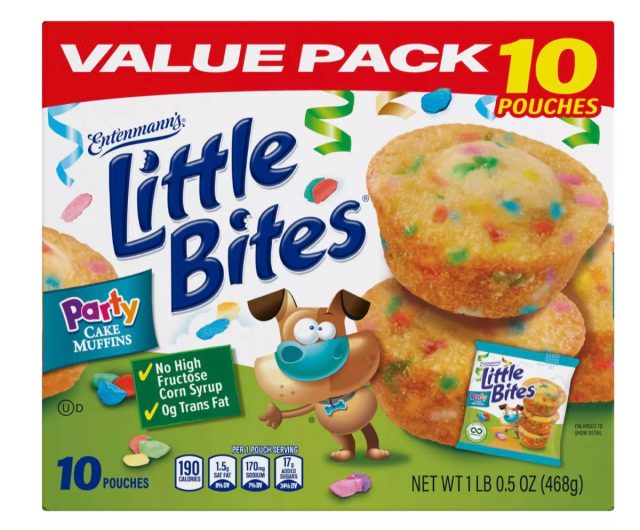
Entenmann's Little Bites Party Cake Mini Muffins are a hit at birthday parties and snack time. However, the vibrant colors that make these treats so festive, including those enhanced by Red Dye No. 3, will soon be replaced under the FDA's updated guidelines.
Pez Candy Assorted Fruit
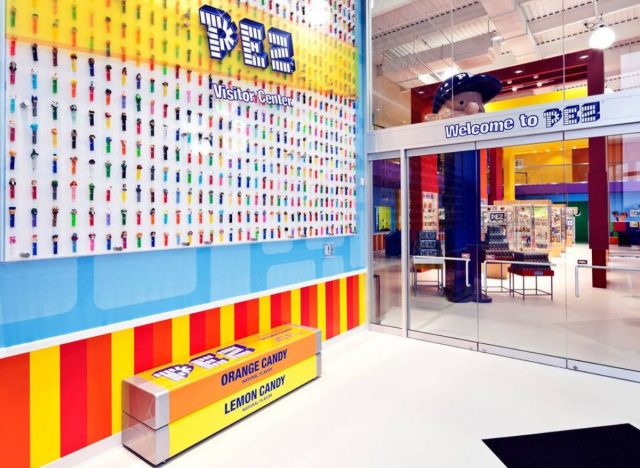
Pez candies, beloved for their collectible dispensers and fruity flavors, have included Red Dye No. 3 in their red-colored pieces. With the FDA's decision, Pez is expected to adapt its recipes, possibly leading to subtle differences in its visual appeal.
Certain Maraschino Cherries
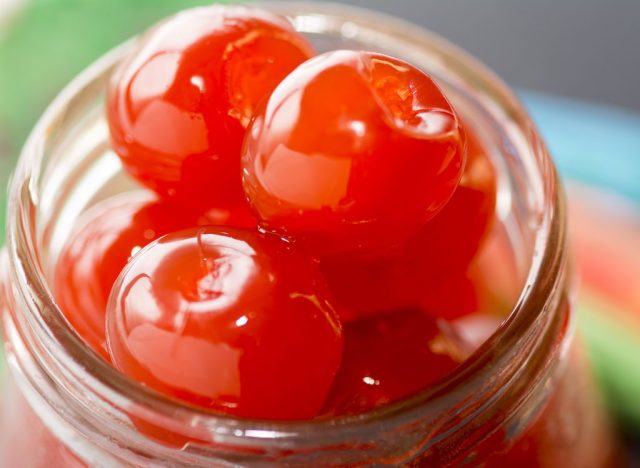
Maraschino cherries, commonly used to garnish cocktails and desserts, owe their vivid red color to Red Dye No. 3. As the FDA's ban on the dye takes effect, manufacturers will need to adjust their recipes, potentially altering the iconic look of these cherries.









